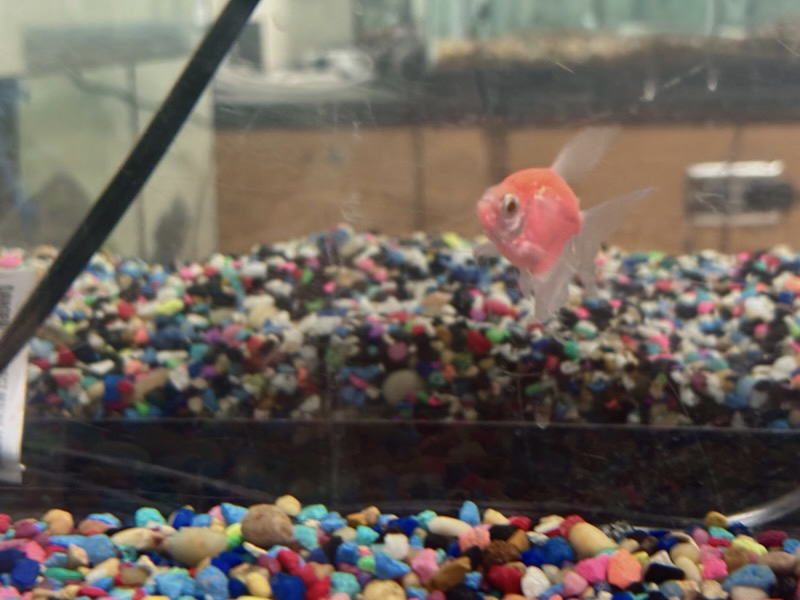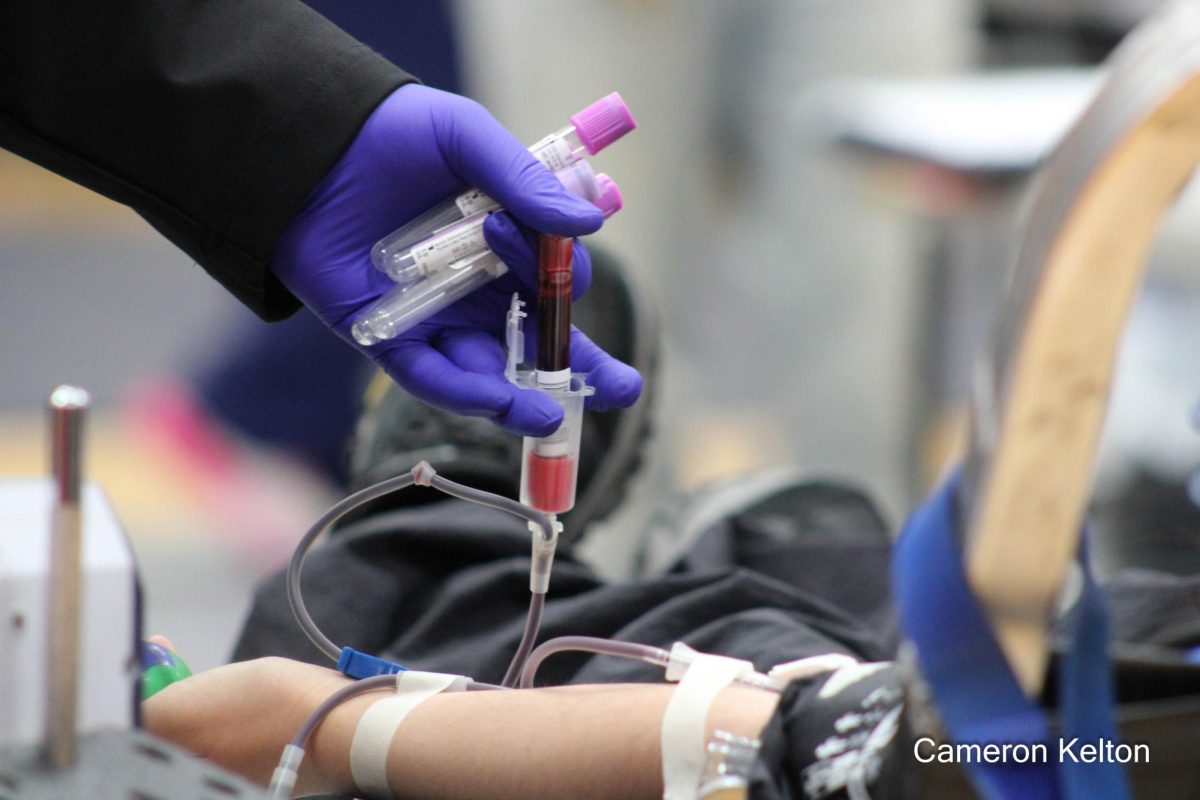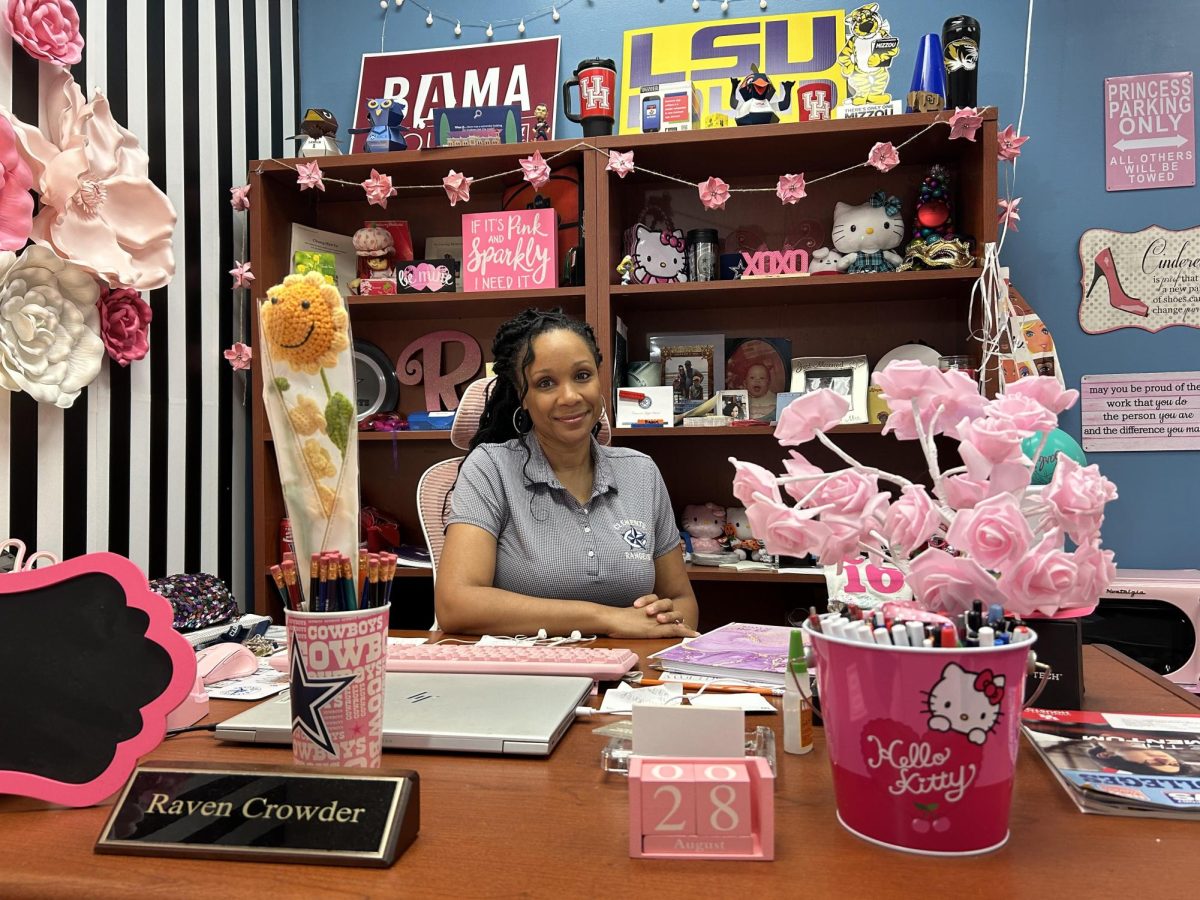Last week, the Aquatic Science classes hosted their annual fish adoption where students had the opportunity to take home their fish or leave them for someone else. In past years, the event received positive responses from students – this year, around 120 fish have already been given away.
For the past few months, aquatic science students have been responsible for their caring for their fish, providing their own food and extra decorations. Here, Aquatic Science Teacher Mark Schubert shares his thoughts about this year’s fish adoption and the work his students have put into this assignment.
Hana Su: How popular has the fish sale been this year?
Mark Schubert: Pretty popular. I’ve run out of fish pretty much in three days, so it’s been really positive. [We’ve had] good advertisement. This is the end of my third year and every year the fish has been taken pretty quickly. Three days I’m out of fish, so it’s been a real positive experience.
HS: Would you say that like most people decide to keep their fish? How many people decided to keep their fish this year?
MS: I give [the students] the right of refusal. If they don’t want them, fine, they can just leave them in the tank. This year, I actually had more students keep their fish than in the past. My guess is, probably a quarter of the fish they took home.
HS: What assignment have the students been using their fish for?
MS: I do some group activities so everybody gets to know each other in the beginning of the year an then we make groups, I call them aquarium teams. We’ve had these aquariums from October to now.
The students keep a weekly log book on how they maintain the tank, and break the jobs up with everybody in the group. My job is to go around and make sure the tanks are maintained and then if I find an issue, I tell them ‘hey, who in your group is supposed to clean the glass or who in your group cleans the lid,’ but they keep a record of it all.
HS: What else have the students been doing to take care of the fish for the last few months?
MS: It’s kind of like a swimming pool; once you get it in the right mode, the right chemicals, the right bacteria level, and the water levels, it’s just maintaining it weekly. When you neglect the tank, it gets algae, pH gets out of whack, the whole nine yards. You have to try to keep your fish alive at that point.
HS: What kind of responses have you gotten from your students? Do you see that they like this assignment?
MS: Yes. They feel a little sad when one dies. They say, ‘well, he probably just died of old age or he was injured or something’. They take ownership of it. They’re proud of it, and they do a good job. I can’t complain, [even though] I have to harp on them a little bit.
It’s a challenge for them. Some of them never have been around stuff like it and they’re learning something new and how to take care of something. That’s what I like to see. There have been two major accidents that I’ve had since the three years I’ve been doing it where they didn’t follow procedure, like changing the water. [One group] didn’t use the water treatment and within an hour all the fish were dead. The chlorine killed them, so they all freaked out and they started blaming each other. I said, nope, lack of communication, that’s all it is. Don’t be blaming anybody. We’re all part of it.








